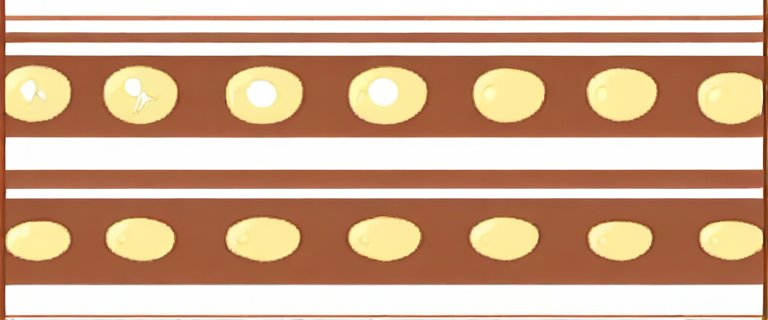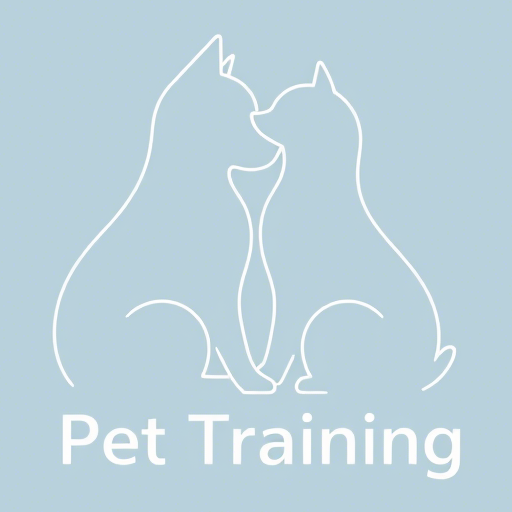The Joy of Training Your Puppy
There’s nothing quite like the bond that forms when you train your puppy. Those bright eyes looking up at you, that wagging tail when they get it right – it’s pure magic! At Pet Training, we’ve helped thousands of pet parents navigate this exciting journey. Let me share with you our proven daily training plan that makes teaching basic commands simple and fun.

Starting With the Basics: The Sit Command
The ‘sit’ command is the foundation of puppy training. I remember when I taught my first puppy, Max, to sit. It took three days of consistent practice, but when he finally got it, we both celebrated like we’d won the lottery! Here’s how to do it right:
- Hold a treat close to your puppy’s nose
- Slowly move your hand up, allowing their head to follow the treat
- As their head moves up, their bottom will naturally go down
- Say ‘sit’ as soon as they’re in position
- Immediately give the treat and praise
Practice this 5-10 times per session, 2-3 times daily. Remember, short sessions work best for puppies!

Mastering the Stay Command
Once your puppy has mastered ‘sit’, it’s time to introduce ‘stay’. This command could literally save your puppy’s life one day by preventing them from running into danger. The key is to start small and gradually increase difficulty:
- Start with your puppy in the sit position
- Open your palm in front of you and say ‘stay’
- Take one step back
- If they stay, reward with a treat
- If they move, calmly return them to the original position
At Pet Training, we recommend practicing ‘stay’ in different locations to help your puppy generalize the command.
Leash Walking Without the Pulling
Ah, leash training – the bane of many new puppy parents! I’ll never forget the time my neighbor’s puppy wrapped the leash around my legs three times in excitement. Here’s our proven method:

- Start indoors with minimal distractions
- Let your puppy get used to wearing the collar/harness
- Use high-value treats to reward walking beside you
- Change direction frequently to keep your puppy’s attention
- Gradually move to more distracting environments
Remember, pulling means stop walking. Only move forward when the leash is loose. Consistency is key!
Creating Your Daily Training Plan
Now that you understand the basic commands, let’s put it all together in a manageable daily plan:

| Time | Activity | Duration |
|---|---|---|
| Morning | Sit practice + breakfast | 5 minutes |
| Midday | Short leash walk + stay practice | 10 minutes |
| Evening | Review all commands + playtime | 15 minutes |
At Pet Training, we’ve found that this balanced approach prevents puppy burnout while ensuring steady progress. Always end sessions on a positive note!
Troubleshooting Common Issues
Every puppy is different, and you might hit some bumps along the way. Here are quick fixes for common problems:
- Puppy won’t focus: Train before meals when they’re more food-motivated
- Commands work at home but not outside: Gradually increase distractions
- Puppy seems bored: Make training into a game with happy praise
Remember, patience is your most important training tool. Your puppy wants to please you – they just need clear communication!
Celebrating Success
When your puppy masters these basic commands, you’ll have laid the foundation for a lifetime of good behavior. The team at Pet Training is always here to help with more advanced training when you’re ready. For now, enjoy this special bonding time with your furry friend!
Key Training Terms: Puppy Training Basics, basic obedience commands, sit stay walk leash, daily training plan, pet training
